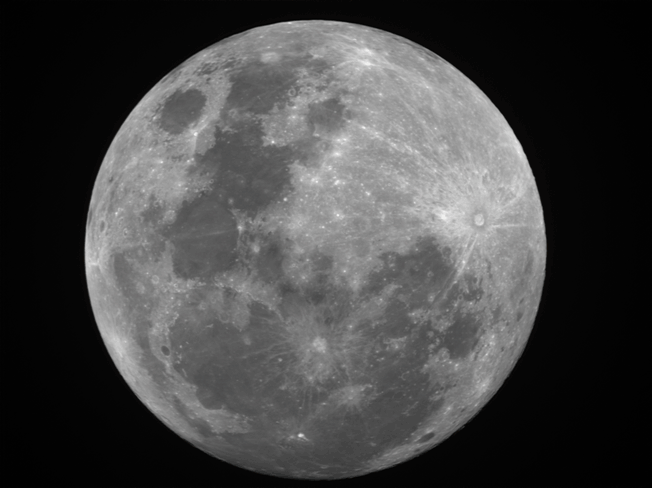 |
| lunar libration, full moon at sunset to eclipsed moon at sun rise 1/31/18 |
In a moment of doubt, i feared that a processing bug was creating horrific artifacts, since i know that the moon is tidally locked to the earth (it doesn't rotate, the same side always faces us). then i recalled the term lunar libration, referring to minor rotation in the appearance of the moon relative to the earth. a number of factors contribute to this, but the easiest to grasp is that as the earth rotates, the observer's location shifts. in this case, viewing the moon at sunset and then sunrise, i had moved by the diameter of the planet earth, explaining why the moon appeared to rotate slightly.
Here's a really cool animation of lunar libration throughout a lunar month:
as well as a more in depth explanation of the causes of lunar libration:
imaging details:
close up:
ZWO ASI120MC, Takahashi FS-60C at native F/5.9, 355 mm.
skywatcher star adventurer tracking mount
full moon .325 ms exposure 12 seconds captured at ~17 fps
eclipsed moon 152.6 ms exposure 68 second capture at 6 fps
13:24 UTS
1/31/2018
Eastbluff, CA
No comments:
Post a Comment